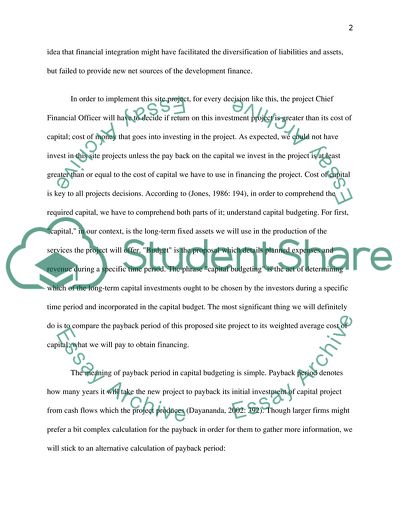Cite this document
(Financial Appraisal Coursework Example | Topics and Well Written Essays - 4000 words, n.d.)
Financial Appraisal Coursework Example | Topics and Well Written Essays - 4000 words. https://studentshare.org/engineering-and-construction/1825255-financial-appraisal
Financial Appraisal Coursework Example | Topics and Well Written Essays - 4000 words. https://studentshare.org/engineering-and-construction/1825255-financial-appraisal
(Financial Appraisal Coursework Example | Topics and Well Written Essays - 4000 Words)
Financial Appraisal Coursework Example | Topics and Well Written Essays - 4000 Words. https://studentshare.org/engineering-and-construction/1825255-financial-appraisal.
Financial Appraisal Coursework Example | Topics and Well Written Essays - 4000 Words. https://studentshare.org/engineering-and-construction/1825255-financial-appraisal.
“Financial Appraisal Coursework Example | Topics and Well Written Essays - 4000 Words”. https://studentshare.org/engineering-and-construction/1825255-financial-appraisal.


